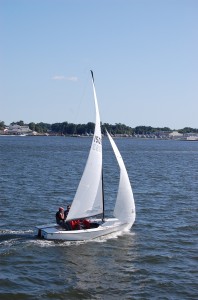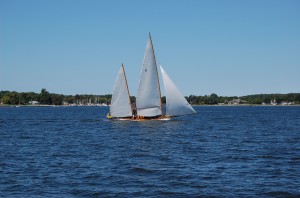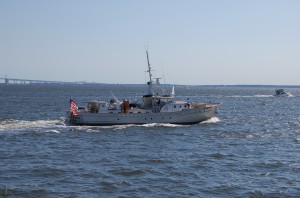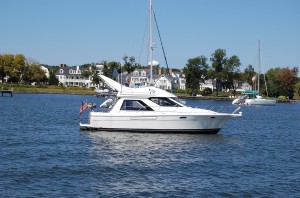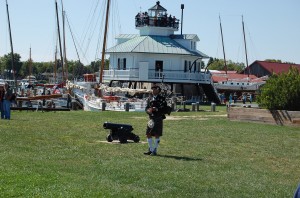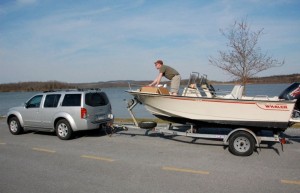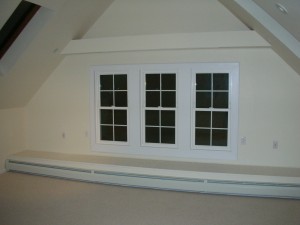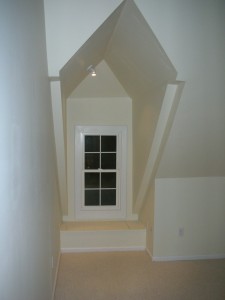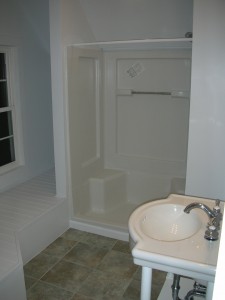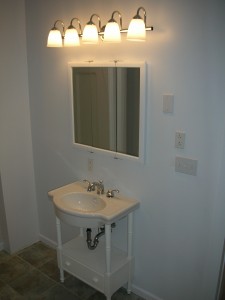A few months ago, I decided to start learning the guitar. I took piano lessons as a kid, but never thought about trying the guitar until recently. I guess you could say I’m a beginner guitar player with a little bit of knowledge about music (notes, chords, etc.). I decided to make a list of some of the songs I’m learning, with links to the transcriptions that have been most helpful.
I don’t have enough experience to know whether these songs will work for all beginners, but I’ve enjoyed working on them and find that I’ve been able to pick them up and make them sound like “real” songs relatively quickly. (This last part is probably debatable!)
Here’s a list of some 3- and 4-chord (and maybe one 5-chord) songs I’m learning for guitar. Most of them include guitar chord diagrams (as opposed to just the chord names), which I find helpful in learning the chords/songs.
Van Morrison – Into the Mystic
————————————-
Joni Mitchell
I’ve also started learning some Joni Mitchell songs. These aren’t quite as easy as the songs above, but working on them has been very rewarding.
Open Tuning
Since they are all written for open tuning (non standard tuning of the strings), you have to be ready to commit time to re-tuning your guitar for each song you play. I use a Snark SN-1 Clip-on Chromatic Guitar Tuner which clips onto the headstock and uses string vibrations to display a digital readout of the tone. Turn your tuners very slowly as you’re retuning. If you turn them too fast, they can snap. Another thing I’ve learned is that it’s almost always necessary to repeat the tuning process once you’ve reached the 6th string, since the shape of the guitar neck changes as new levels of pressure are applied via string changes. Tune all six strings, then repeat. I’m using Martin Lifespan SP Phosphor Bronze Medium strings on my acoustic guitar. These are relatively heavy strings for a beginner, but they sound great. Note that I’ve already snapped a few of these very high-quality strings as I’ve re-tuned my guitar for various Joni songs.
Open Tuning and String Buzz
When I first started playing these songs, I was frustrated by what seemed like almost constant string buzzing after I re-tuned. Then I read Dave Blackburn’s tips for playing Joni and realized that this can be completely normal. And don’t worry about adjusting your tension rod. (I tried this, and it drove me crazy trying to find a sweet spot.) If your guitar is properly set up, just leave it as it is, re-tune for the song you want to play, and live with some buzzing.
Capo
Some of these songs also require a capo. Initially (before I knew better), I was using an old-fashioned strap-on style capo. These are hard to get on and off the bridge, and it’s difficult to position them to where they create even pressure across the strings. I recently switched to a G7th capo which I learned about via Dave Blackburn’s tips (link above). This is a super-strong cam-action capo that locks down hard and doesn’t damage the guitar.
Resources – Joni Mitchell Transcriptions and Tunings
JoniMitchell.com is a great repository for Joni’s music, with many guitar and piano transcriptions, and often several arrangements/transcriptions for the same song, so you can choose the one that sounds best or works best for you. All of these links are from that site.
The transcriptions listed below are my preferred transcriptions for a given song. I can’t read many chords yet, so I tend to gravitate to the transcriptions that include the chord diagrams that show where each string needs to be fretted (pressed) in order to create the proper note for the chord. Each of these transcriptions also includes instructions for string tunings. I’m including the tunings below, mostly as quick reference for myself, but maybe you’ll find them helpful as well. There isn’t any rhyme or reason to how I chose these particular songs, other than wanting to learn songs that I enjoy and ones that looked relatively easy for a beginning guitarist to learn.
Help Me | Lyrics Only
Tuning: DAEF#AC# / D77234 (tune low E string to D, then fret that string at the 7th fret, and tune the next string to that tone; then repeat for the next string in succession.
Coyote | Lyrics Only
Tuning: CGDFCE / C77374
Free Man in Paris | Lyrics Only
Tuning: DADGBD / D75543
Black Crow
Tuning: BbBbDbFAbBb / Bb123432
Note: This is a very low tuning for the lowest strings, so don’t be surprised if your strings buzz and flap around.
In France They Kiss on Main Street | Lyrics Only
Tuning: DAEGAD / D77325
Song for Sharon
Tuning: EbBbDbFAbBb / Eb73432
Cactus Tree | Lyrics Only
[Capo on fret 5] [Tune the guitar before you apply the capo.]
Tuning: DADF#AD / D75435
Night in the City | Lyrics Only
[Capo on fret 5] [Tune the guitar before you apply the capo.]
Tuning: DADF#AD / D75435
Note: This has the same tuning and capo positioning as the song directly above it – Cactus Tree – so you can roll from one to the other without having to re-tune.
You Tube Videos for Learning These Songs
In learning these, I’ve also found it helpful to watch YouTube videos of Joni and others playing these songs. It’s particularly helpful to see someone actually playing the chord shapes. It can also be a useful way to learn the strumming patterns although I’ve noticed that Joni herself rarely uses the same exact chord shapes and strumming patterns twice for the same song. Actually, when she’s playing with a band, she usually just strums up and down with the beat. When I play these songs on solo guitar, straight beat strumming doesn’t sound as good as varying the strumming rhythm and direction to capture the overall feel of the song, although this makes it harder (but not impossible) to sing along myself.
Here is a classic performance of Joni playing “Help Me,” live in London in 1974. In this performance you’ll see the strong barre chord structure which is typical of many of her songs.

